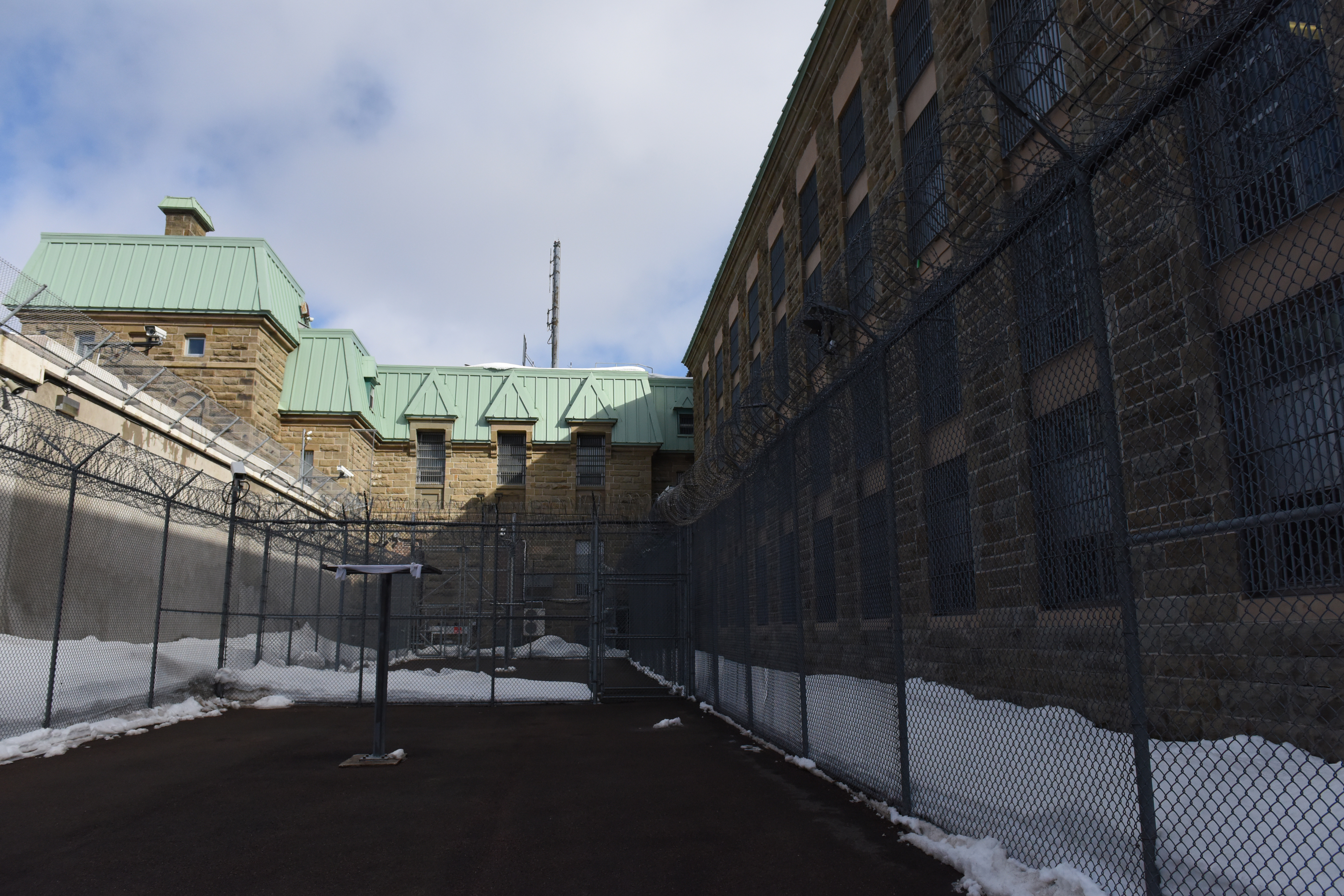Photo essay: Inside Canada’s East Coast prisons

Members of the Senate Committee on Human Rights conducted a fact-finding mission to Atlantic Canada penitentiaries, and held a public hearing, as part of their study on the human rights of prisoners.
Stark, gripping images of life behind bars in prisons were captured in Nova Scotia and New Brunswick.
East Coast Forensic Hospital
Dartmouth, N.S.



Nova Institution for Women
Truro, N.S.





Springhill Institution
Springhill, N.S.



Atlantic Institution
Renous, N.B.



Dorchester Penitentiary
Dorchester, N.B.


Related articles
Tags
Committee news
Photo essay: Inside Canada’s East Coast prisons

Members of the Senate Committee on Human Rights conducted a fact-finding mission to Atlantic Canada penitentiaries, and held a public hearing, as part of their study on the human rights of prisoners.
Stark, gripping images of life behind bars in prisons were captured in Nova Scotia and New Brunswick.
East Coast Forensic Hospital
Dartmouth, N.S.



Nova Institution for Women
Truro, N.S.





Springhill Institution
Springhill, N.S.



Atlantic Institution
Renous, N.B.



Dorchester Penitentiary
Dorchester, N.B.




